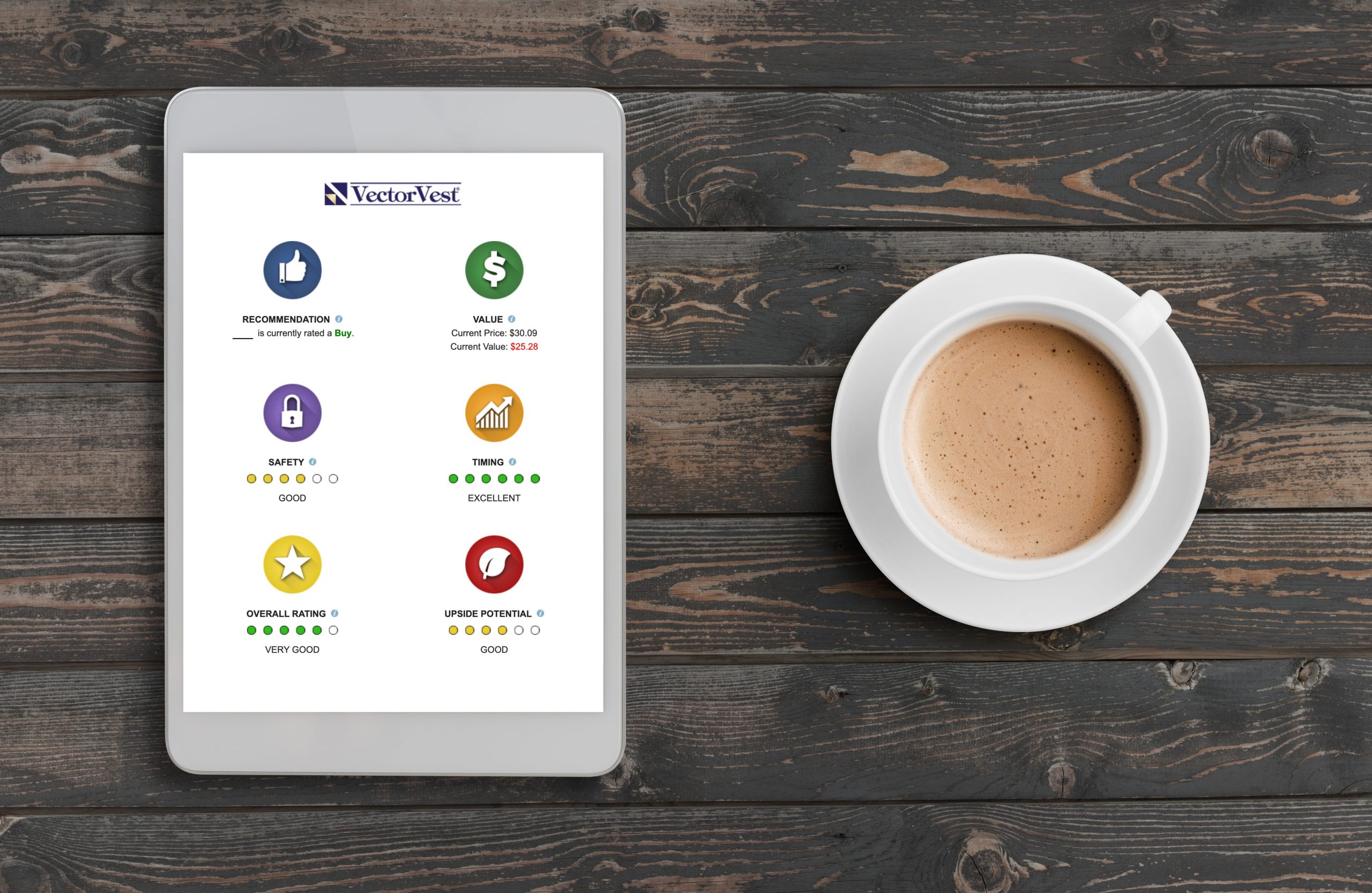
Written by: Dr. David Paul
In the 1980’s, a fellow by the name of Ralph Vince started to research the effects of varying position sizes on investment and trading performance. A quick search on Google will reveal the books and papers that Vince has written over the years. His research is quite difficult for those not mathematically inclined, but the results are simple, and you have heard them frequently in these Essays.
If you have a trading system that’s correct in its market calls 66% of the time, that’s a fine system. If that system makes twice as much when it’s correct as it loses when it’s wrong, then you have a method of printing money forever. A 66% hit rate system can easily be attained if you tick all the VectorVest boxes. These are buying undervalued shares with good fundamentals that are rising when the market is rising. Please don’t complicate what is essentially a simple process.
In a 66% correct system which has a positive expectancy (makes more when correct than it loses when incorrect) the trader still must face clustering and runs of good and bad trades. I spoke of these in my Trading Psychology talk during the Tampa Two-Day seminar on January 6th, 2023. In a 66% correct system, three bad trades occur every 9 trades, and thus 9 bad trades every 27 trades. If you bet 1/3 of your capital on any single trade, you go broke every 27 trades. That’s a sobering thought after the joy and jubilation of getting 27 trades under your belt. Remember, the bet size is the amount of money that you can lose if the share drops from your entry point to the stop-loss used.
To get through the clusters mathematically, and that means not going broke in them, the bet size needs to be less than 2% of your available capital. At VectorVest, we advise a 1% bet size. When I present this in a seminar, I see faces drop. The body language in the crowd is that it’s going to be a slow process to get rich. Nothing could be further from the truth as I will show below. First, let me revisit position sizing. I know I have done it before, but it’s the most important factor in becoming a consistently winning trader and investor, but alas, it’s not as sexy as entry points, I easily concede. I received about 20 emails about the calculation after the Tampa event.
Let’s assume you have an account of $100,000.
1% of this capital is $1,000. We should NEVER lose more than that in a single trade.
Assume we buy a share at $10 and use the VectorVest Stop-Loss at $8.50.
The risk/share is thus $1.50. I read this off the chart and it’s unique to each trade. The stop needs to be well out of the price action traffic or it will be picked off by the pros and algorithms. The VectorVest calculated Stop-Loss does a good job of weaving that fine line between protecting your capital and making sure that you are not stopped out of a trending share prematurely.
Let N = the number of shares to be purchased
N * Risk/Share = 1% Account Size
N = 1% Account Size/Risk/Share
In my example N = 1,000/$1.50 = 666 shares
Buy 666 shares at $10 each is the broker’s order.
I was taught that by my first mentor in South Africa in 1981 and still perform the same calculation today. If the position falls apart, then I will lose $1,000 in our example which is 1% of my account size. I now have $99,000 remaining in my account. The next position will be sized on an Account Size of $99,000.
My first mentor also taught me the power of the 1% rule.
Here are some facts about the 1% rule:
- If you are completely incorrect in each trade and apply the 1% rule, then it will take approximately 650 trades to take the account down from $100,000 to $100. Remember, if you lose the position is sized on the remaining capital. The 1% rule is simply sizing your position so that the maximum loss is 1% of your capital. You can at least have a little fun going broke.
- If you have a system that has a 2 to 1 risk-to-reward ratio and apply the 1% rule, then it takes roughly only 35 trades to double your money. Only 35 trades to turn $100,000 into $200,000. Remember, after you win $2,000 then the next position will be calculated on an Account Size of $102,000 and if the stop-loss is the same, it means that the 1% rule allows you to buy more shares.
- If you have a system that has a 3 to 1 risk-to-reward ratio and apply the 1% rule, then it takes roughly only 23 trades to double your money. Remember, after you win $3,000 then the next position will be calculated on an Account Size of $103,000 and if the stop-loss is the same, it means that the 1% rule allows you to buy more shares.
These calculations were done decades ago, and certain unique assumptions were made, but the mathematical facts show strongly that if you apply the 1% rule, you must work hard to blow your account and not so hard to double it. When I was shown this in 1981, I could not sleep for a few nights it got me so excited.
The winners and the losers come along in runs and emotionally the clusters I wrote about in the first paragraph and at Tampa can be difficult, to say the least. Size your positions correctly and allow the 1% rule and simple arithmetic to keep your mind centered and focused on the perfect execution of each trade.
Want These Types of Insights at Your Fingertips so You Can Win More Trades?
Use VectorVest to Analyze any stock free. VectorVest is the only stock analysis tool and portfolio management system that analyzes, ranks and graphs over 18,000 stocks each day for value, safety, and timing and gives a clear buy, sell or hold rating on every stock, every day.
Before you invest, check VectorVest! Click here to ANALYZE ANY STOCK FREE and see our system in action.
What you should do next…
- Get our latest blogs delivered right to your inbox, subscribe to our newsletter.
- The market moves fast! Get our most current evaluation of this stock with our FREE stock analysis tool.
- Looking for stock picks? Not sure if now is the right time to buy/sell? For a limited time, enjoy the full benefits of a 30-day subscription to VectorVest for only $0.99 (usually up to $148/month) . Get access to our full list of screeners showcasing our top stock picks that tell you exactly what to buy, when to buy, and when to sell.










